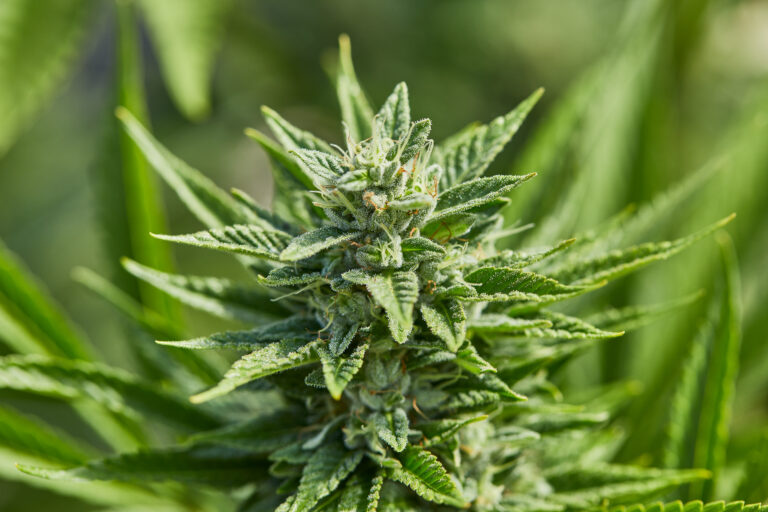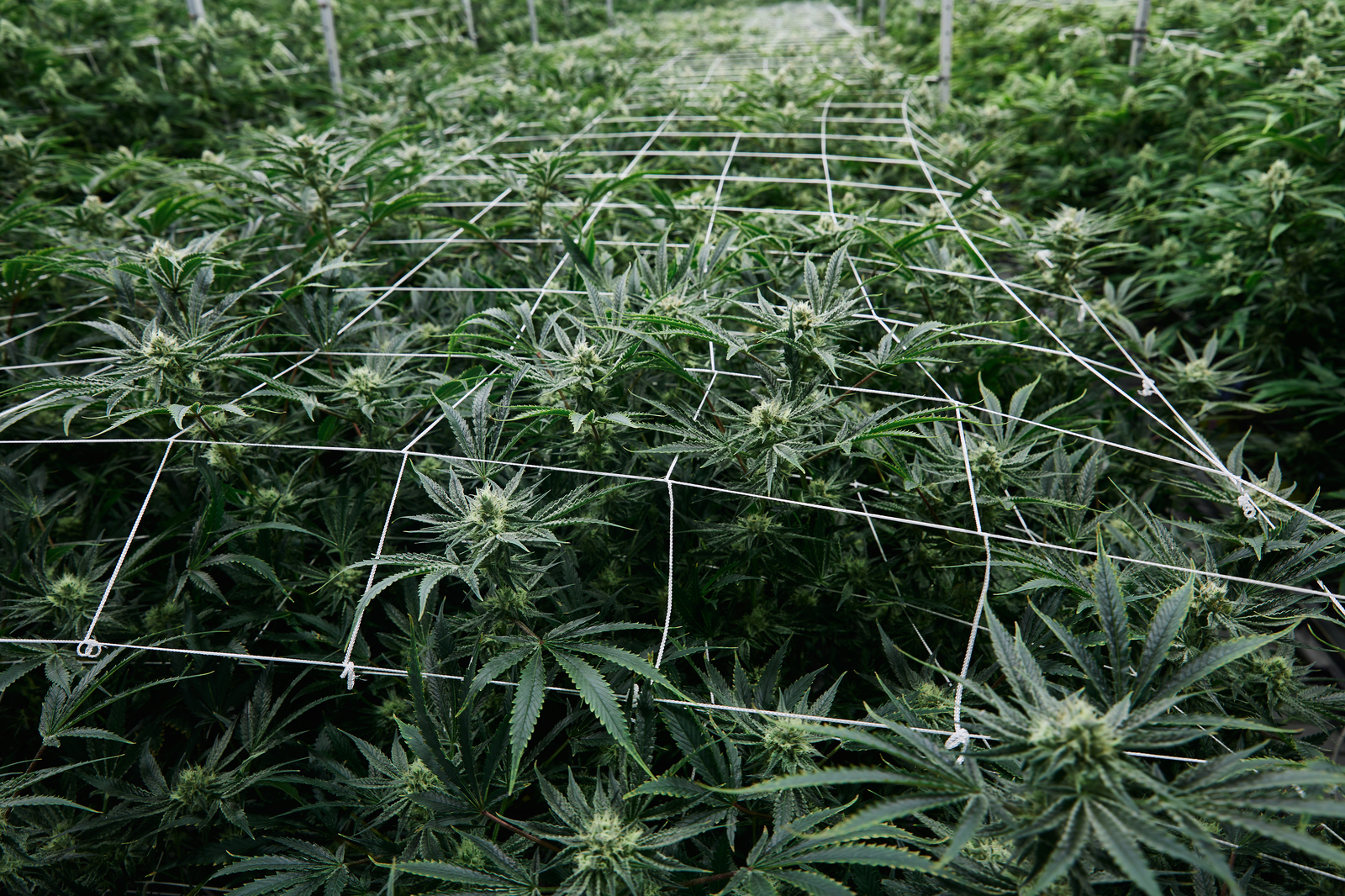There's been recent buzz around an exciting concept in the cannabis world: terroir. Commonly associated with wine and its heritage, terroir brings a connoisseur vibe to the cannabis space. It's deeply rooted in history, but it isn't just about the lay of the land, weather, and how the final product tastes; it's more of an orchestra of factors that come together to give a cannabis strain its personality and flair.
Dig into the roots of terroir and cannabis grows and find out why it's making big waves in the industry.
What is terroir?
Originating in 13th-century France from the Latin word "Terra," meaning earth, the term "terroir" refers to the complete natural environment in which a particular cannabis plant — or wine, traditionally — is grown. Terroir is specific to outdoor cannabis grows since it factors in weather patterns, soil, and other environmental elements that affect the final taste of a strain or those grown in a distinct area.
 Photo by: Gina Coleman/Weedmaps
Photo by: Gina Coleman/WeedmapsImage lightbox

Specific regions around the world have gained a reputation for agricultural characteristics uniquely derived from their local farming environments. Think of Champagne from France's Champagne region or Bordeaux, familiar to wine enthusiasts. And terroir extends beyond grapes and wine to beautifully influence cannabis.
A strong advocate for adopting the terroir concept in cultivation was the late Frenchy Cannoli, a revered figure whose legacy endures even after his passing. In addition to being an exceptional teacher and hashmaker, Cannoli championed the idea that all environmental factors play a vital role in characterizing cannabis strains, once stating, "Plants with limited adaptability, like most agricultural crops, convey the characteristics of a specific terroir; the cannabis plant goes beyond — it becomes the terroir."
Terroir and its effect on a cannabis strain
Terroir is like the secret sauce of flavor. It's all about those tasteful subtleties that come to life thanks to a land's special magic. But the real deal is that terroir is a direct link to where your cannabis, wine, and other products spring into existence, and it can take an appreciation for the final product to a whole new level.
 Photo by: Gina Coleman/Weedmaps
Photo by: Gina Coleman/WeedmapsImage lightbox

Picture a Pinot Noir that's born in Sonoma County. Its grapes will produce a unique flavor profile quite unlike the same grape variety grown anywhere in Oregon — so it goes for cannabis. When weed is nurtured and perfected in Northern California's Emerald Triangle, notably in Humboldt or Mendocino County, by a master grower who's been at it for ages, you're in for a flavorful experience like no other.
Even if you're using a clone, the flavor and product won't be the same when raised in different terroirs. It's a one-of-a-kind taste trip.
How terroirs become rich reservoirs of cannabis diversity
Terroirs are not spontaneously born; they're shaped by natural elements and human influence and then enriched by time. Generations infuse terroirs with cultural heritage nurtured by collective experiences. They're diverse reservoirs that communicate the language of environment and culture, a dance between natural and human factors.
An example is the captivating world of Moroccan kif hashish, a genuine product of terroir. Here, the delicate interplay of indigenous landraces and the physical environment unfolds, creating hashish with a unique aroma and flavor specific to its place of origin. However, modern hybrids jeopardize this harmony, leading to hashish's increasing disconnect from its roots. But the allure of tradition persists, as conventional hashish maintains its premium status in a world moving towards standardization.
 Photo by: Gina Coleman/Weedmaps
Photo by: Gina Coleman/WeedmapsImage lightbox

Landrace strains known for their distinct terroir include Acapulco Gold, first grown in Acapulco, Mexico, and Hindu Kush, which hails from the Hindu Kush Mountain Range between Pakistan and Afghanistan. And one of the most popular landrace strains, Durban Poison, was named after the port city Durban in South Africa, where Ed Rosenthal first discovered it in the 1970s.
Though found all over the legal market today and grown across environments, these strains became well-loved due to their original terroir.
Preservation and the future of cannabis terroirs
Amidst the cannabis green rush and looming corporate giants, strain genetics and cultural diversity hang in the balance. Recognizing and safeguarding cannabis terroirs and landraces has become a rallying cry for conservation.
Initiatives like the California Department of Food and Agriculture's Cannabis Appellation Program aim to foster regional collaboration in cannabis production. This movement is a lifeline for small farmers in regions like the Emerald Triangle, known worldwide for its top-tier cannabis cultivation. Appellations provide a shield of authenticity, allowing small farmers to protect their unique products against the homogenizing forces of industry giants.
Cannabis-centric terrior encompasses the guardianship of biodiversity, cultural heritage, and sensory delight. Within it, the story of a cannabis strain unfolds, intricately connecting it with the earth and the souls nurturing it.




